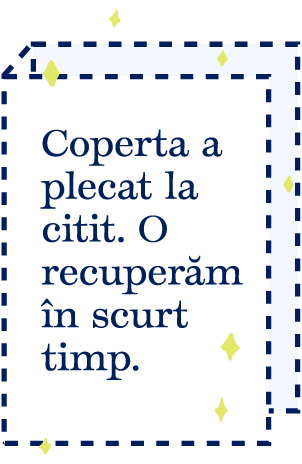Heresy in the Middle Ages: A History of Authority and Exclusion

Heresy in the Middle Ages: A History of Authority and Exclusion
From the high Middle Ages to the late Middle Ages, heresy evolved from individual outbreaks to more widespread movements. Accused heretics were often motivated by the same concerns as movements that found acceptance within the church, such as a zeal to live the apostolic life.
This book explores the growing sense of Christian identity as it developed in agreement with and opposition to closely affiliated groups in the Middle Ages. It documents the development of the idea of heresy, and it listens to the voices that shaped official and unofficial theologies. Developing manuals of heresy and elaborate trial procedures spanning both canon law and secular justice, the church defined religion and religious life more tightly and regulated praxis.
Considering nine heretical movements of the Middle Ages, starting with the Petrobrusians and finally ending with the Hussites and late medieval witchcraft, this book examines the shifting line constructed between heresy and orthodoxy, and how the saint and the heretic were often responding in similar ways to the same motivations. Through its investigations, this book considers the reasons for inclusion and exclusion of these various groups and the impact of the development of this heresy-routing apparatus on medieval Christianity's self-identity.
279.00Lei
279.00Lei
Livrare in 2-4 saptamani
Descrierea produsului
From the high Middle Ages to the late Middle Ages, heresy evolved from individual outbreaks to more widespread movements. Accused heretics were often motivated by the same concerns as movements that found acceptance within the church, such as a zeal to live the apostolic life.
This book explores the growing sense of Christian identity as it developed in agreement with and opposition to closely affiliated groups in the Middle Ages. It documents the development of the idea of heresy, and it listens to the voices that shaped official and unofficial theologies. Developing manuals of heresy and elaborate trial procedures spanning both canon law and secular justice, the church defined religion and religious life more tightly and regulated praxis.
Considering nine heretical movements of the Middle Ages, starting with the Petrobrusians and finally ending with the Hussites and late medieval witchcraft, this book examines the shifting line constructed between heresy and orthodoxy, and how the saint and the heretic were often responding in similar ways to the same motivations. Through its investigations, this book considers the reasons for inclusion and exclusion of these various groups and the impact of the development of this heresy-routing apparatus on medieval Christianity's self-identity.
Detaliile produsului










